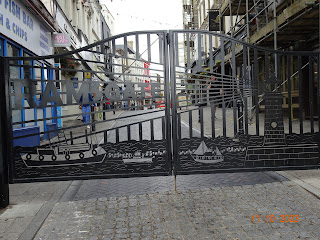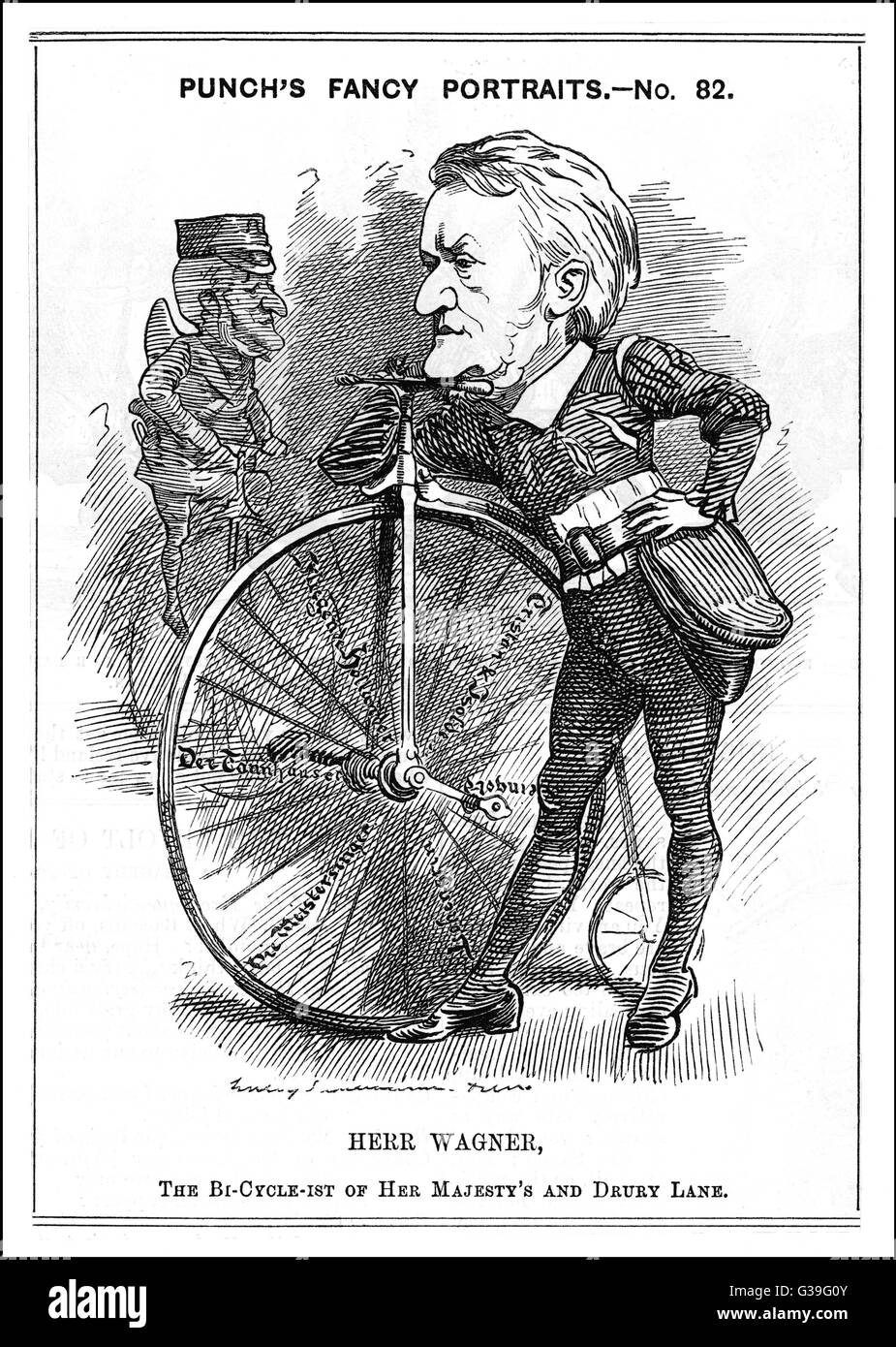A 'gate' as in Ramsgate, and Margate, is a gap in the cliffs. In this case, the gap is named for some ancient person, whose name I can't translate into readable modern English)
With an innovative design at the time, galleons were armed merchant vessels with tonnages ranging from 500 to 1,200, whereas their lengths-over-all would range from 130 to 200 feet. They were designed to cross the largest oceans as efficiently as possible. For three centuries, these Spanish galleons crossed the Atlantic Ocean back and forth, sailed around the Caribbean Sea and the American coasts, and covered the Pacific route as well. They carried plenty of seamen, merchant traders and settlers, while their holds bore the fabulous loads resulting from American and Asian trade.
Ramsgate’s Royal Harbour has been designated as a national Heritage Harbour, only one of 14 locations across the United Kingdom to receive this important designation.
Heritage Harbours is a joint initiative between local groups and Historic England, the Maritime Heritage Trust and National Historic Ships. Its aims include: protecting heritage assets at risk; attracting investment and heritage funding.
Heritage Harbours supports the safeguarding and conservation of the UK’s most historic coastal and waterway locations, along with the buildings, quays, shipyards, and environments that make them special.
the Grade II* Royal Harbour’s new status, was awarded in July, 2024

Although Ramsgate Mean Time is no longer observed, the clock still shows its face to the world, and to the myriad of ships and pleasure craft that crowd the harbour.
The tunnels became a subterranean town with shops, barbers, canteens, concerts and even an underground hospital.










































































No comments:
Post a Comment